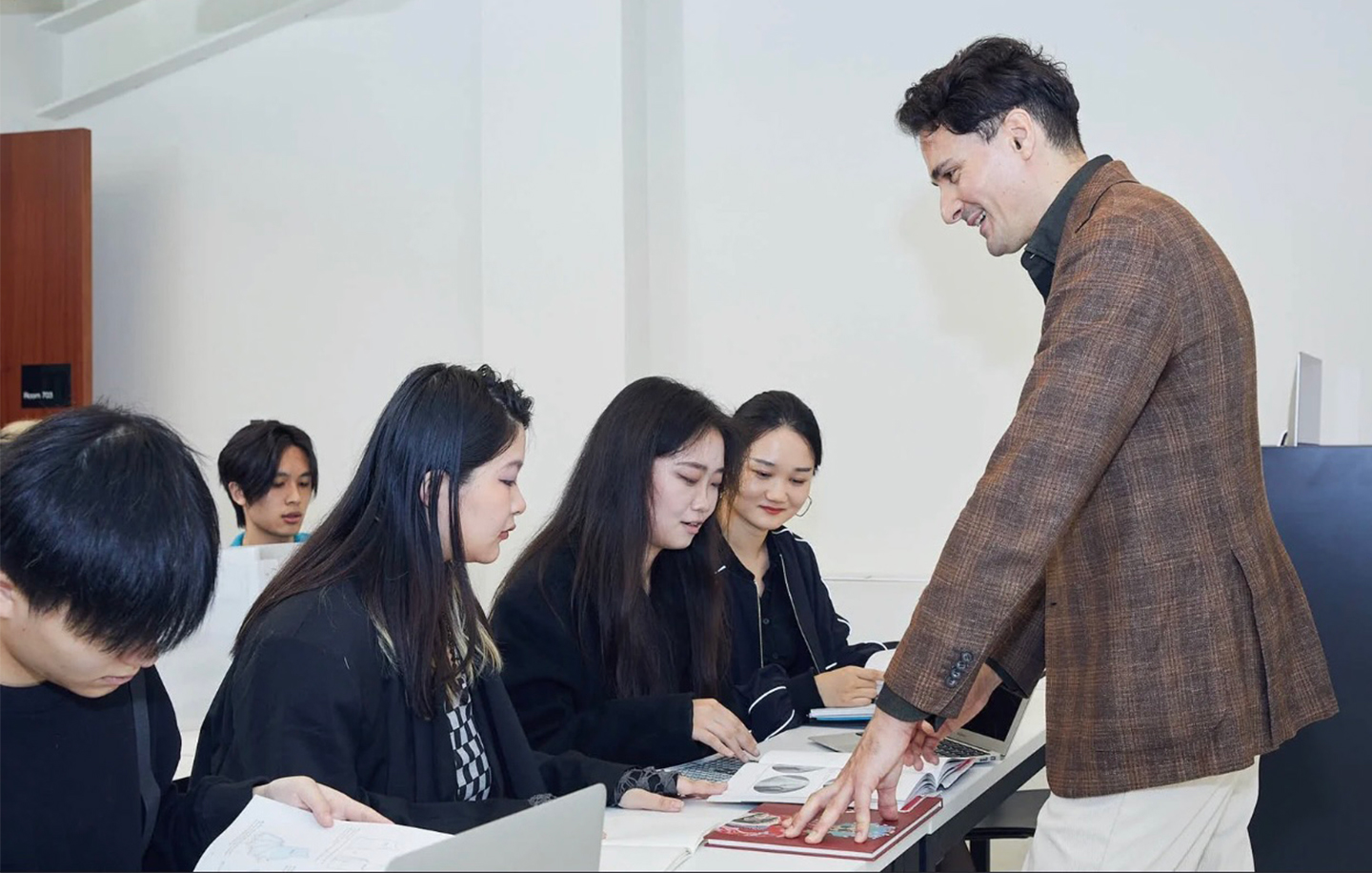In my role as a writing professor, I have strived to find new methods to spark student creativity and keep them updated on emerging digital tools. Integrating Generative Pre-trained Transformers, such as the well-known ChatGPT, the OpenAI chatbot, which recently marked its first anniversary, into the teaching of creative writing has become a natural step. The concept of a computer program that can interact with human creativity and generate parts of a text or even a story has been explored in recent research, including studies by Ippolito, Yuan, Coenen, Burnam (2022), and Shidiq (2023).
Before organising my class, I carefully considered the risks associated with the indiscriminate and uncritical use of AI tools. While these programs offer powerful resources to enrich learning and stimulate creativity, they also present unprecedented challenges and require ethical and pedagogical reflection. For this reason, I am sharing my teaching experience, which is still in an experimental phase. I would certainly not recommend that other teachers construct an entire writing focusing solely on AI tools. However, I believe it is essential to allocate a few lessons to introduce students to something they are bound to explore on their own.

Consider AI programs as assisting tools, not substitutes for human creativity. Artwork courtesy of IM alumna and graphic designer Constanza Coscia
When teaching students at the Istituto Marangoni in Shanghai, I faced the challenge of finding a balance between creative writing exploration and maintaining a formal text structure with accurate use of academic sources. I had to explain to my students that AI programs should be considered as tools to aid the creative process rather than a replacement for it. I also highlighted their inadequacy in academic writing, as they are not designed to verify the reliability of sources. It is crucial to understand that documents produced with AI help lack references, are not verifiable (as Chat GPT itself states on its homepage) and cannot replace conventional bibliographic research.
During the creative writing lessons, I proposed that students imagine a narrative starting from a ‘story seed’ I provided. Instead of designing complex plots, we began with a singular, evocative scene I had in mind, which is the landscape of Shanghai’s Bund in the 1920s, with two central characters. This setting was the foundation for a romance between a Chinese businessman and a young French woman. I thought this particular scenario could spark further narrative developments.

Students working with Professor Federico Castigliano during a creative writing lesson at Istituto Marangoni Shanghai
Since the students struggled to provide a full description of the scene, we asked Chat GPT for some suggestions about the architecture and the atmosphere of the place. The AI’s response was: “The grand buildings were adorned with wrought-iron balconies, spacious windows, and ornamental sculptures. Along the riverside promenade, the spectacular view of the river and the lively atmosphere made the Bund a meeting place for businessmen, diplomats, and those seeking entertainment. At night, the nightclubs and restaurants along the Bund provided entertainment and jazz music, creating a vibrant atmosphere.” I am well aware that relying entirely on Chat GPT to write the story would lead to a flat and unoriginal result, as the AI’s intent is not to invent but to model predictions based on existing data. However, the first description was basic but contained some interesting hints that we could explore.

Illustrating the story written with suggestions from ChatGPT. Artwork courtesy of Constanza Coscia
I then asked for additional details, such as incorporating sensory elements like the sounds and smells of the time. “Along the riverside promenade, the sounds of laughter and animated conversations filled the air, intermingling with the enticing scents of exotic spices from street vendors and the rich aroma of freshly brewed coffee from nearby cafes. At night, the Bund came alive with the soulful notes of jazz music drifting through the streets, accompanied by the alluring fragrances of cigars and perfumes.” These details enriched the narrative in a way I had not anticipated. It is essential to go beyond the first result and to ask for refinements and improvements. By requesting a stylistic rework to reduce the density of adjectives, we obtained a more straightforward phrasing, such as this one: “The morning mist wrapped the scene, while discreet dialogues intertwined with the aromatic nuances of tea.” Subsequently, further adjustments were requested that could enrich our story. A few sentences produced by Chat GPT could be added to the final text written by my students. However, I felt the text was overly dense and required manual refinement. The exercise showed the power of collaboration between human creativity and AI, revealing that the heart of storytelling lies in the personal touch that technology can’t replicate.
Later, to give the story a further boost, I queried Chat GPT about possible continuations of the romance. In particular, I guided the program by explicitly asking it to create obstacles for the protagonists’ love. According to basic narratology rules, this element would add interest to the work. Along with the students, we assessed several options that AI suggested. We discussed the woman’s sudden need to return to France, the likelihood that the man was already married and had kept it a secret, or the presence of other external factors that might have hindered their love. We selected the option that seemed most promising, considering the software’s suggestions but without allowing them to overpower our decision-making.
In conclusion, the use of Chat GPT can inspire creative exercises under the supervision of a teacher aware of its potential and limitations. AI also proves helpful in developing style, not only through the experimentation of different linguistic registers but also by facilitating rapid translation and contextual analysis of vocabulary. This is particularly valuable when a literal translation is not enough, and a deeper understanding of cultural nuances and the intrinsic meaning of words is required.

